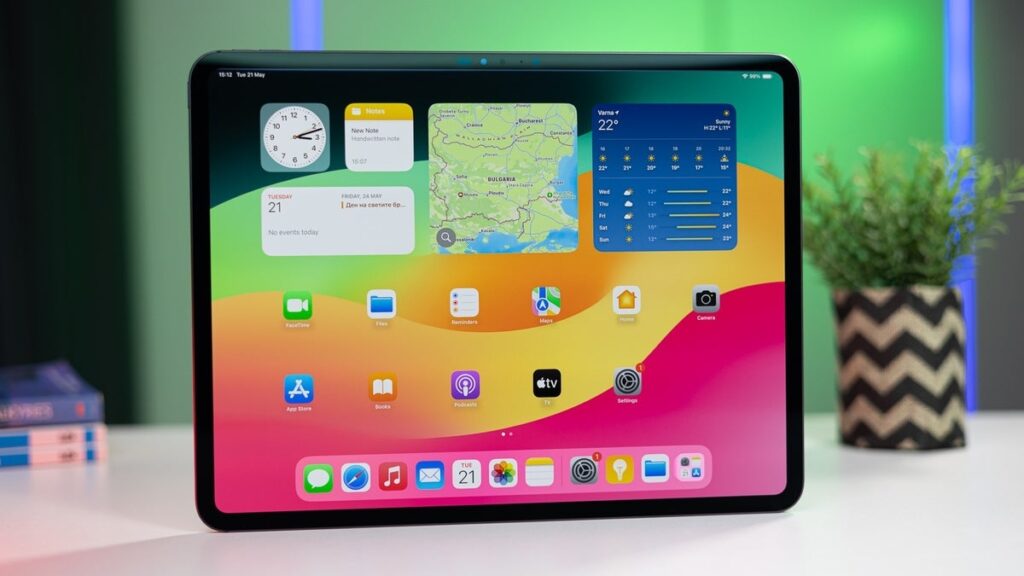The number of 11-inch and 13-inch panels shipped for the M4-powered iPad Pro is expected to be lower than expected. Young lowered his estimate for panel shipments from 10 million units to 6.7 million units, a significant 33% decline. Preliminary Q3 numbers show a 40% drop in shipments for both OLED panel sizes for the M4-powered iPad Pro. This decline is expected to continue during the fourth quarter, with a 30% decline.
Larger 13-inch panels are seeing the biggest decline in shipments, with a 50% drop expected in the third quarter, followed by a steeper drop of more than 90% in the fourth quarter. Purchases of M4-powered iPad Pros plummeted after a large number of OLED panels shipped in the second quarter of this year to meet demand for 11-inch and 13-inch tablets from early adapters, Young said. That’s what it means.


The number of OLED panels shipped to Apple for production of the M4-equipped iPad Pro is rapidly decreasing. |Image credit-DSCC
Young cited several reasons for the decline in demand for tablets, starting with price. Prices are $999 for the 11-inch model and $1,299 for the 13-inch model, which he said is expensive for a device that traditionally complements smartphones. Additionally, tablets stay on consumers’ desks longer and are upgraded less frequently. The OLED panel and M4 chipset aren’t enough to entice owners of older iPad Pro models to trade in for a modern device.
Due to weak demand, Apple may delay adding OLED displays to its iPad Air tablets. The line’s transition from its current LCD panels to OLED could be delayed by more than a year.


